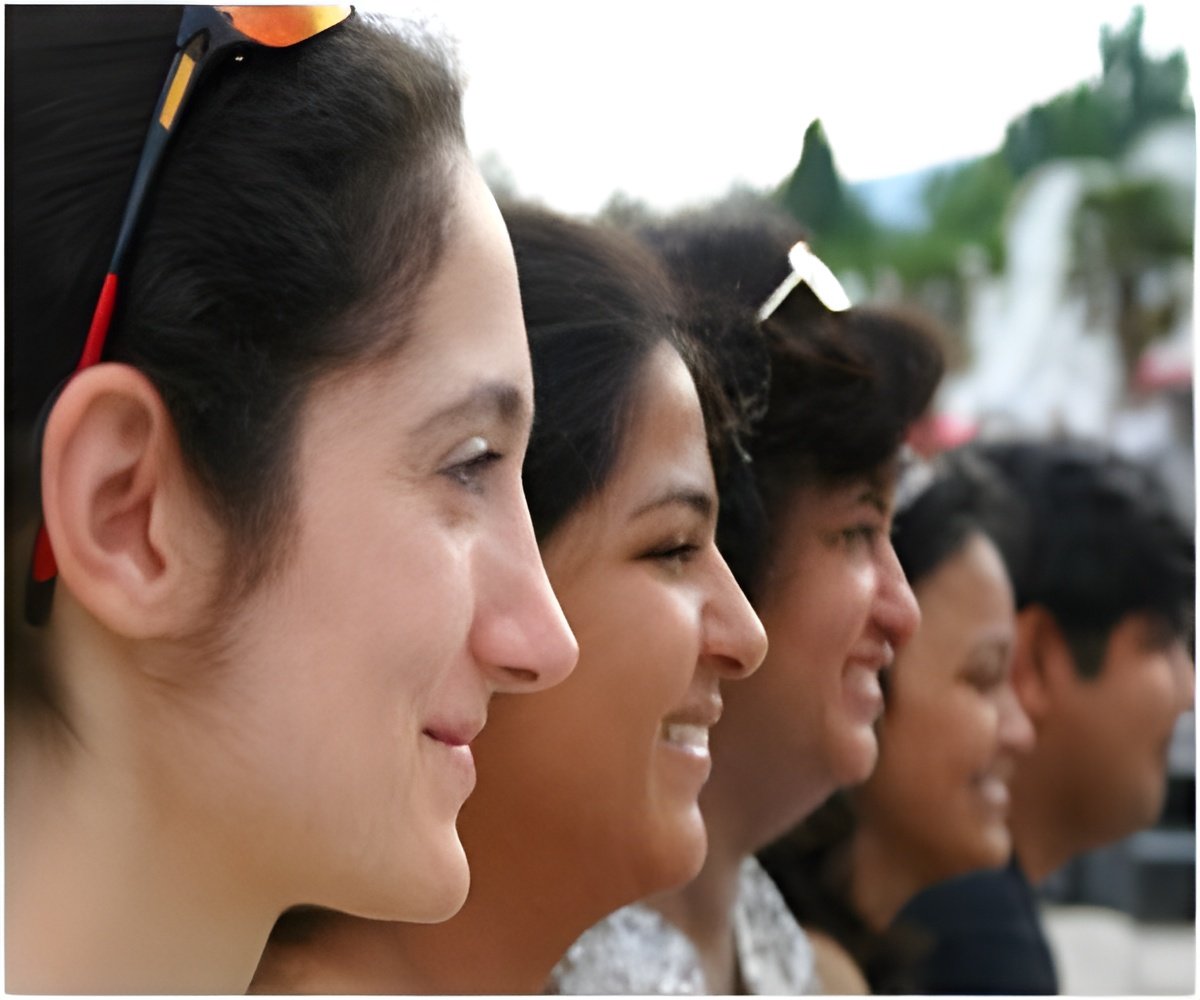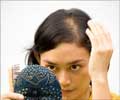
“We believe this approach is approximately 80 percent accurate and will be less traumatic for women in many situations than the full body assessments currently used,” said Azziz, corresponding author of the study published in the journal Fertility and Sterility.
Hirsutism is highly correlated with polycystic ovary syndrome, or PCOS, a major cause of infertility as well as a significant risk factor for diabetes and heart disease. PCOS is a subcategory of androgen excess or excess male hormone, the most common hormone disorder, which affects about 10 percent of women.
“If you do the math, at least half the women with excess hair growth will be at increased risk for insulin resistance, metabolic dysfunction, diabetes and heart disease. That is why this is such an important marker,” Azziz said.
He calls hirsutism the single most defining feature of androgen excess disorder, such as PCOS. “Excessive hair growth strikes at the femininity of women. We are talking about terminal hairs that are harder, more pigmented and thicker than the usual soft hairs you see.” In fact, Azziz and his colleagues have previously published studies indicating hirsutism is second to obesity in negatively impacting a woman’s quality of life. “You cover yourself up at the beach. You don’t want your partner to see you nude. It can be very damaging to your psychosocial well-being,” he said.
The most widely used assessment today is about 50 years old and includes nine body areas: the lip, chin, chest, upper and lower abdomen, upper arm, thigh and upper and lower back. Many women consider this full body check invasive and it can be unwieldy for scientists doing large epidemiologic studies, Azziz said.
Advertisement
Current therapies, such as birth control pills to prevent androgen synthesis and the blood pressure medicine, spironolactone, a diuretic that also blocks androgen receptors, treat symptoms rather than causes, the researchers said.
Advertisement
Azziz is collaborating with scientists at Cedars-Sinai to identify the multiple genes responsible, which they suspect also have roles in insulin signaling, inflammation and androgen production. “We know that a significant portion of women with PCOS have an inherited defect of their insulin action which, along with other genetic defects, results in the syndrome,” he said. “If we can find the genes that are abnormal, we may be able to find drugs to target those genes.”
His GHSU team is also examining signaling abnormalities in fat – a determinant of insulin resistance – in PCOS patients. “Clearly fat in PCOS behaves differently than fat in healthy women of the same weight,” Azziz said. They suspect the abnormal signals are partially to blame for the abnormal response to insulin. They also suspect the signaling abnormalities are good treatment targets.
Source-Medindia











